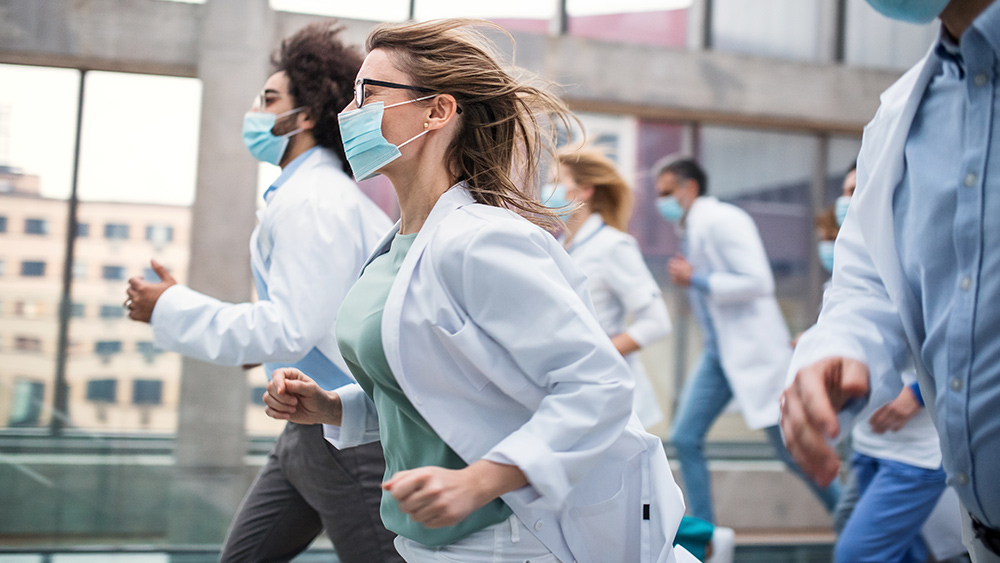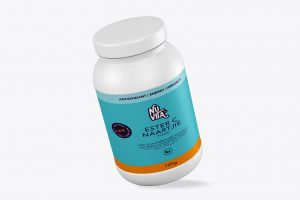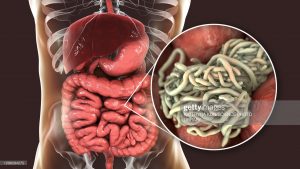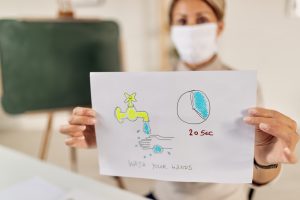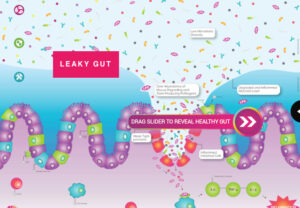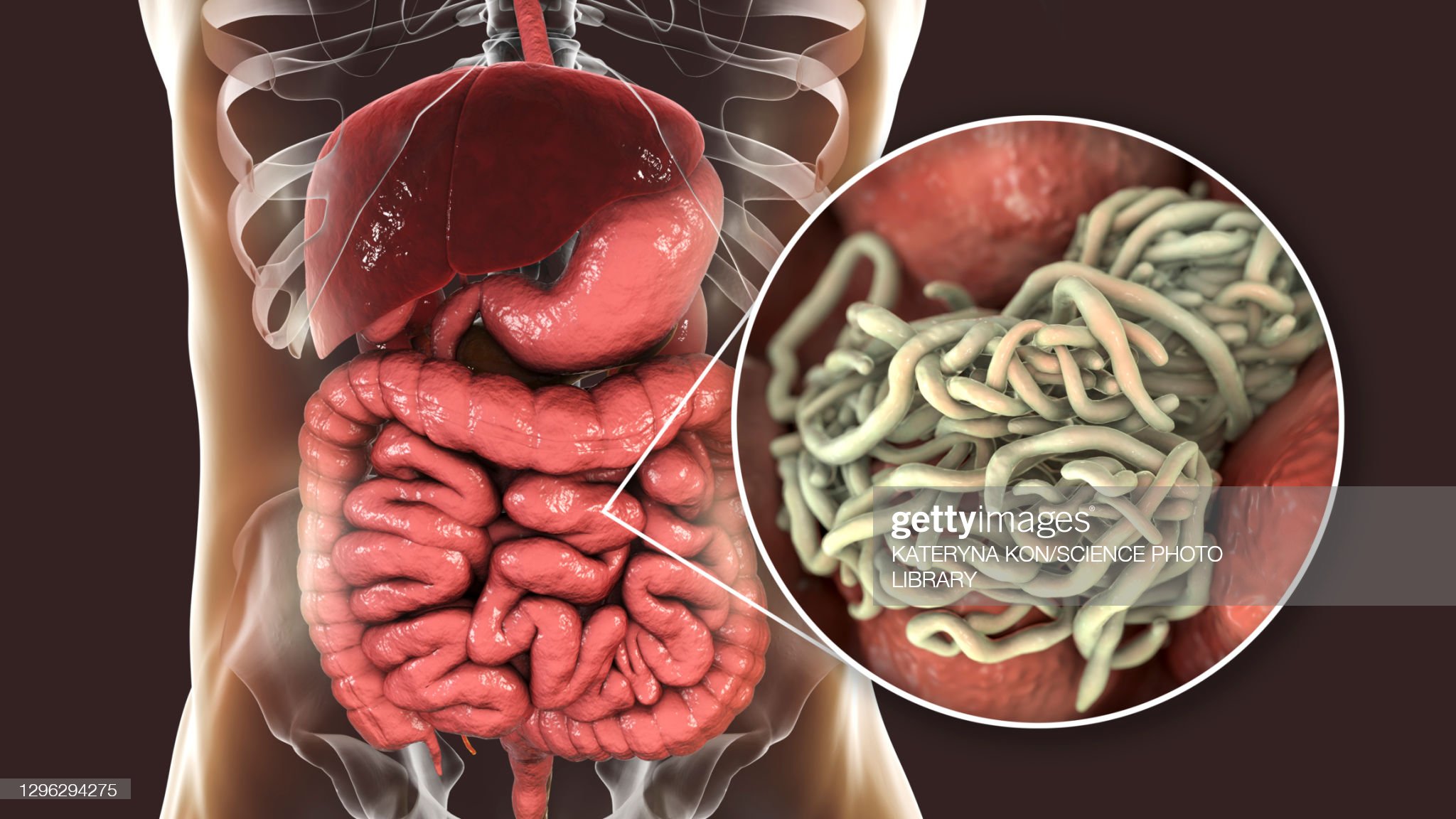The Centers for Disease Control and Prevention (CDC) in the USA is doubling down on its recommendation that ordinary Americans should not wear face masks to protect themselves against the Wuhan coronavirus (COVID-19).
According to the CDC, face masks still aren’t necessary unless you’re in a “high-risk” group, even though the government at large has completely shut down the economy and ordered people to stay six feet and six inches apart from one another for the foreseeable future.
Whistleblower Edward Snowden recently came out to warn the public that the Wuhan coronavirus (COVID-19) crisis is exactly what the deep state needs as an excuse to track and surveil people like never before.
People’s movements are now being monitored under the guise of identifying potentially infected individuals who might be spreading the Wuhan coronavirus (COVID-19) to others. And once these systems are fully in place, Snowden says, they’re never going away.
In communist China, the government has actually set up a fancy facial recognition system that it’s using to keep an eye on people as they go about their everyday lives. And it doesn’t even matter if they’re wearing a standard face mask, as the technology can still see through it – and the virus was the catalyst that made it all happen.
Similar tracking systems are being put in place here in the United States as well, and will be run by the new 5G wireless systems that are being installed all across the country. This is why 5G exists, after all: to keep an all-seeing eye on you at all times, forever.
What’s interesting about the CDC’s nonchalant attitude towards the use of face masks is that the agency continues to warn that the Wuhan coronavirus (COVID-19) is behaving in ways that suggest we actually should be wearing masks.
The CDC’s absurd mask recommendations
The CDC made an announcement, “We’re always critically looking at new data and … there is data from obviously Singapore, Hong Kong and China that looks at the issue and you can look at masks in two ways. … Is the mask something that protects me or … if I wear a mask, is it something that protects others, from me?” Right.
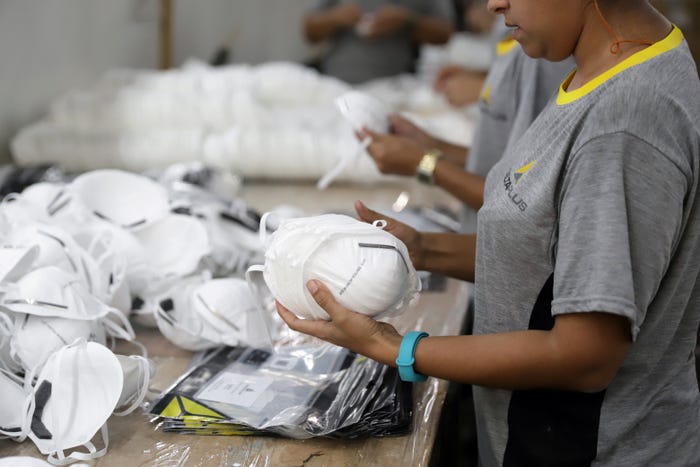
According to the CDC, one in four cases could be asymptomatic, then wouldn’t one err on the side of caution and wear a mask when in public places.
The CDC goes on to say “Particularly with the new data, that there’s significant asymptomatic transmission, this is being critically re-reviewed to see if there’s potential additional value for individuals that are infected or individuals that may be asymptomatically infected. … Obviously you can see the complexity of that, if you assume that 25% are asymptomatic, the only way you would do it — if you then sort of went into areas that were high transmission zones and had a significant [proportion of] individuals then wearing masks, assuming that they were infected. I can tell you that the data and this issue of whether it’s going to contribute [to prevention] is being aggressively reviewed as we speak.”
Ben Cowling, a professor of epidemiology and a mask researcher at the University of Hong Kong’s School of Public Health, described the CDC stance as “a confusing message.” “Because at the same time, the suggestion is that they’re really important for healthcare workers,” he said.
Cowling has done enough research on masks to know that they’re not a perfect public-health tool, especially because people often don’t wear them correctly. That’s why he didn’t describe masks as vitally important when he helped develop a list of World Health Organization recommendations for what countries should do to prevent the spread of the next influenza pandemic. Cowling went on to say “I can imagine that we could find something even better than a surgical mask, because the surgical mask wasn’t designed especially for this purpose,” suggesting that more research should be done to find out which fabrics best catch viruses.
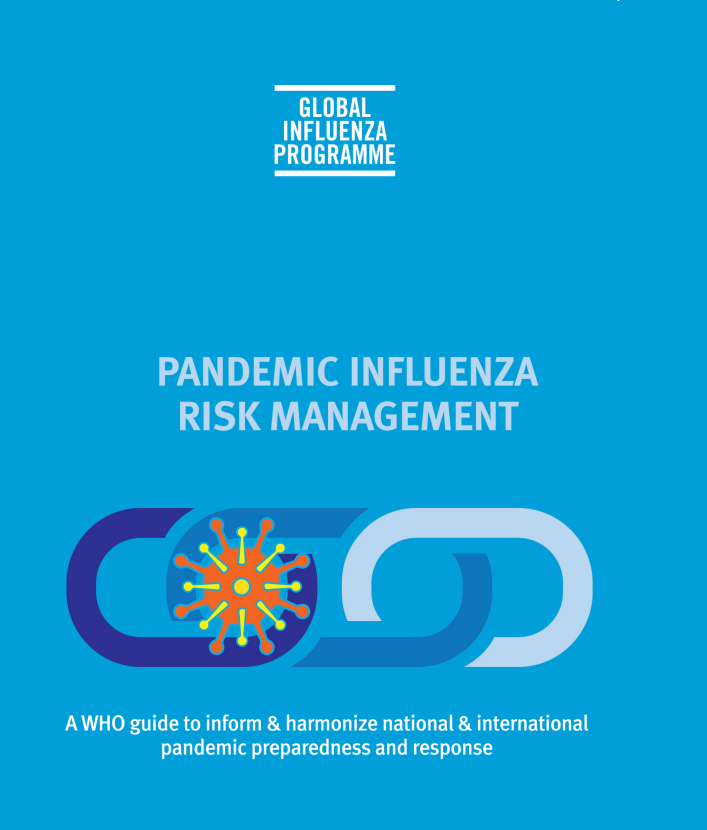
“The argument … about everybody wearing a mask is not that it will prevent everyone from getting infected — it’s that it will slow down transmission in the community a bit.”
Download Pandemic Influenza Risk Management Guide here.
President Donald Trump has also suggested that when COVID-19 transmission slows, masks might play a role in daily life in the US, in line with a recommendation for “reopening” the country that former FDA Commissioner Scott Gottlieb posted online. He went onto say “We’re not going to be wearing masks forever, but it could be for a short period of time, after we get back into gear.”
It’s a ‘civic duty’ to wear a face mask in China
Masks are not going to prevent an outbreak outright, and new studies of the strict lockdown ordered in Wuhan on January 23 suggested that the action played a key role — much more so than masks — in reducing the spread of COVID-19 across China.
This stance is what many believed would be the trigger point for the CDC to change its face mask guidelines and urge people to take more aggressive action to protect themselves and others from transmission. Instead, the CDC is saying “Not to worry, keep on going about your life as you normally would, other than gathering in large groups.” What is the agenda here?
Should we not be erring on the side of caution when we are presented with such unknown risk and when making the statement that as many as 25 percent of people who contract the coronavirus (COVID-19) may not show symptoms, which means they don’t know they’re sick and could still be spreading it to others. A recent article in the medical journal The Lancet Respiratory Medicine states a similar rationale.
The universal use of mouth and nose covering with masks is a low-risk intervention that can only assist in reducing the spread of this terrible illness. If everyone wears a mask, individuals protect one another, reducing overall community transmission. It could even remind people not to touch their faces after touching potentially contaminated surfaces.
As the research shows, masks aren’t guranteed to protect completely. It’s still important to help prevent transmission by practicing social distancing by staying at least 6 feet away from others in public, staying home as much as possible, and washing hands frequently and properly.

